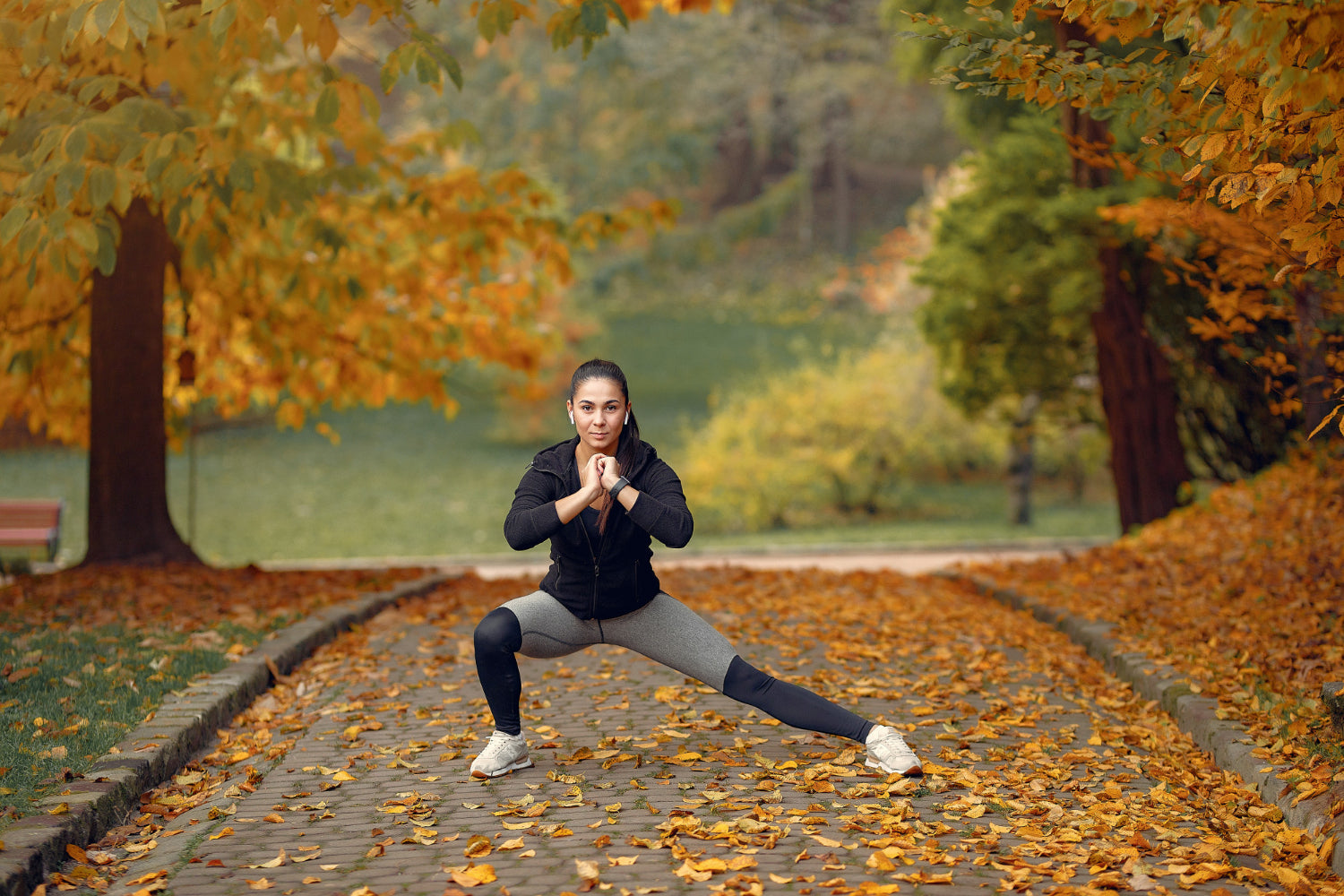Pelvic floor health is especially vital for women. Pelvic floor muscles provide urinary and fecal control, sexual functions, and organs to stay in place. Therefore, having strong and healthy pelvic floor muscles improves quality of life. Yoga is an effective way to strengthen and stretch the pelvic floor muscles. In this article, we will examine how yoga poses can help maintain and improve pelvic floor health.
What is the Pelvic Floor?
The pelvic floor is made up of muscles and connective tissue located at the bottom of the pelvic bone and supports the bladder, uterus and bowels. These muscles control the retention and release of urine and stool. They also play an important role in sexual function. Having healthy and strong pelvic floor muscles provides comfort in daily life activities and prevents many health problems.
What are Pelvic Floor Problems?
Pelvic floor problems often present themselves with symptoms such as urinary incontinence, pelvic pain, and sexual dysfunction. These problems can occur for a variety of reasons, including pregnancy, childbirth, aging, and obesity.
- Urinary Incontinence: It occurs as a result of the weakening of the pelvic floor muscles and urinary incontinence may occur especially during sneezing, coughing or heavy lifting.
- Pelvic Pain: Chronic pelvic pain is usually caused by muscle tension and spasm.
- Sexual Dysfunction: Weak pelvic floor muscles can lead to pain and lack of satisfaction during sexual intercourse.
These problems can negatively impact the quality of life and limit a person's daily activities. Fortunately, yoga is an effective method for managing and preventing such problems.
How Does Yoga Support Pelvic Floor Health?
Pelvic floor health is essential for both our physical and mental health. Yoga offers an effective way to strengthen this muscle group and increase its flexibility. Here are some scientific evidence and benefits that support the connection between yoga and pelvic floor health:
Strengthening Pelvic Floor Muscles
Yoga helps strengthen this muscle group, thanks to poses that specifically target the pelvic floor muscles. Regular yoga practice helps to tighten and strengthen the muscles. For example, yoga poses combined with Kegel exercises effectively work the pelvic floor muscles.
Increasing Flexibility and Balance
Yoga positively impacts pelvic floor health by increasing overall body flexibility and balance. Specific yoga poses, in particular, help stretch and relax the pelvic floor muscles. This prevents the muscles from contracting too much, allowing them to relax.
Scientific Evidence
Many studies have shown the positive effects of yoga practice on pelvic floor health. For example, a 2016 study showed that regular yoga practice increases the strength and function of the pelvic floor muscles. Yoga practice also helps to reduce stress levels, contributing to a healthier pelvic floor muscle.
Recommended Yoga Poses for the Pelvic Floor
Certain yoga poses are very effective for strengthening and stretching the pelvic floor muscles. Here are some yoga poses that are good for pelvic floor health:
Cat-Cow Pose Supported by Kegel Exercises
The Cat-Cow pose is an excellent exercise for increasing spinal flexibility while also strengthening the pelvic floor muscles. In this pose, tighten your pelvic floor muscles while inhaling and relax them while exhaling. The effect is enhanced when combined with Kegel exercises.
Bridge Pose (Setu Bandhasana)
Bridge pose is an ideal yoga pose for working and strengthening the pelvic floor muscles. Lie on your back with your legs hip-width apart and lift your hips up. You can also work your pelvic floor muscles by keeping your hips tight in this position.
Goddess Pose (Utkata Konasana)
Goddess pose is a great pose for strengthening the pelvic floor muscles. Stand with your feet wide apart, bend your knees, and lower your hips. This pose works your hips and pelvic floor muscles by keeping them tight.
Downward Facing Dog Pose (Adho Mukha Svanasana)
Downward Facing Dog is an effective pose that stretches the body while also working the pelvic floor muscles. Lift your hips up with your hands and feet on the floor. You can strengthen your pelvic floor muscles by holding them tight in this position.
Making Yoga and Pelvic Floor Exercises a Routine
It is important to do yoga and pelvic floor exercises regularly to keep your pelvic floor muscles healthy and strong. Here are some tips to make these exercises a routine:
Creating a Routine
Create a daily or weekly exercise program. For example, practicing yoga for 20 to 30 minutes three times a week can help support your pelvic floor health. You can create a routine by practicing certain yoga poses on specific days.
Tips
- Regular Practice: Doing yoga and pelvic floor exercises regularly is critical for strengthening the muscles and increasing their flexibility.
- Motivation: Set a goal for yourself and find motivation to achieve it. For example, working out with a yoga partner or keeping a journal to track your progress can help boost your motivation.
- Mindfulness: Be aware of your body and pelvic floor muscles during yoga practice. Observe how you feel your muscles in each position and bring this awareness into your daily life.
Regular yoga practice and pelvic floor exercises significantly support your pelvic floor health, while improving your overall health and quality of life. Making these exercises a routine is the key to a healthy life.


